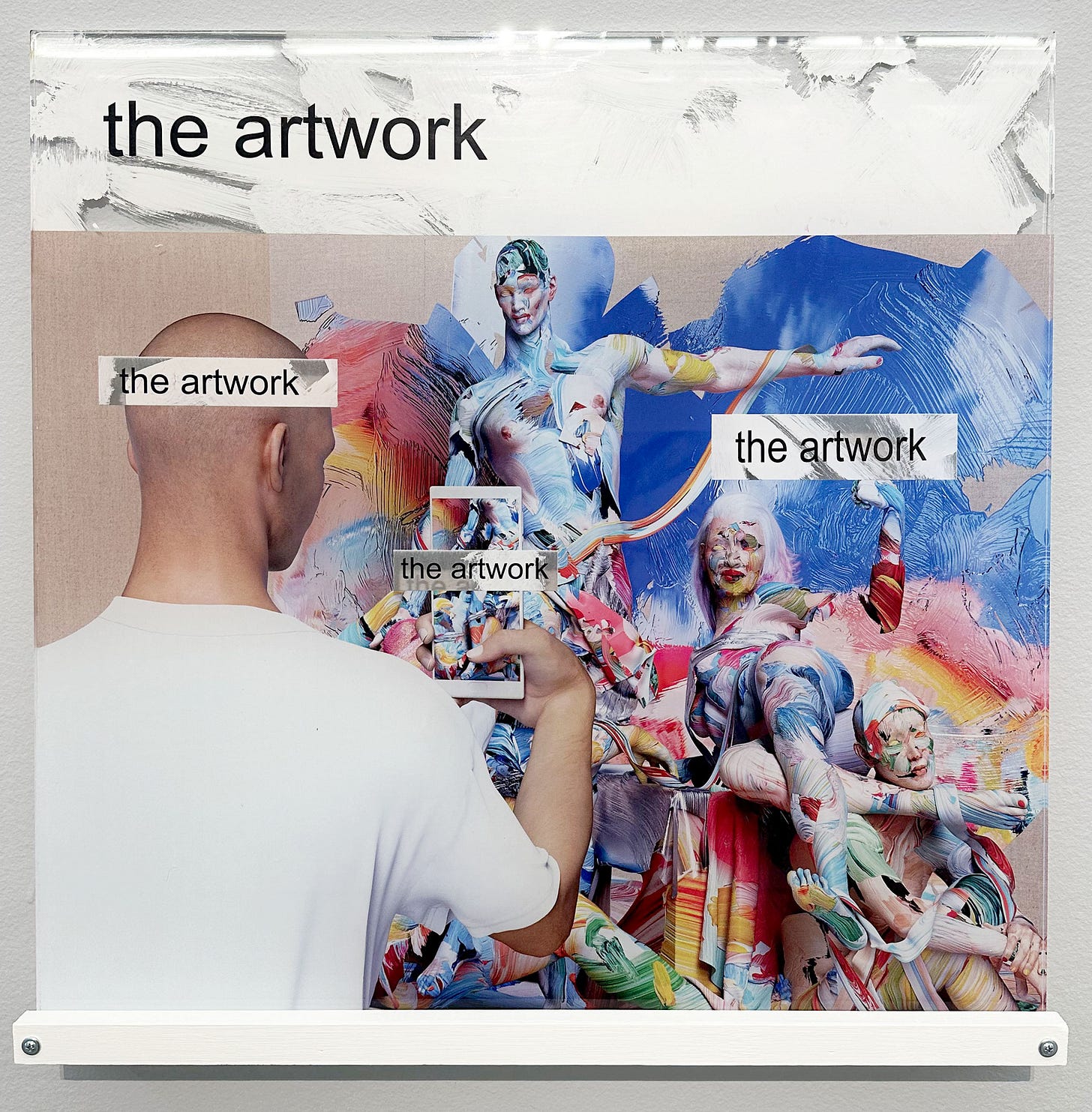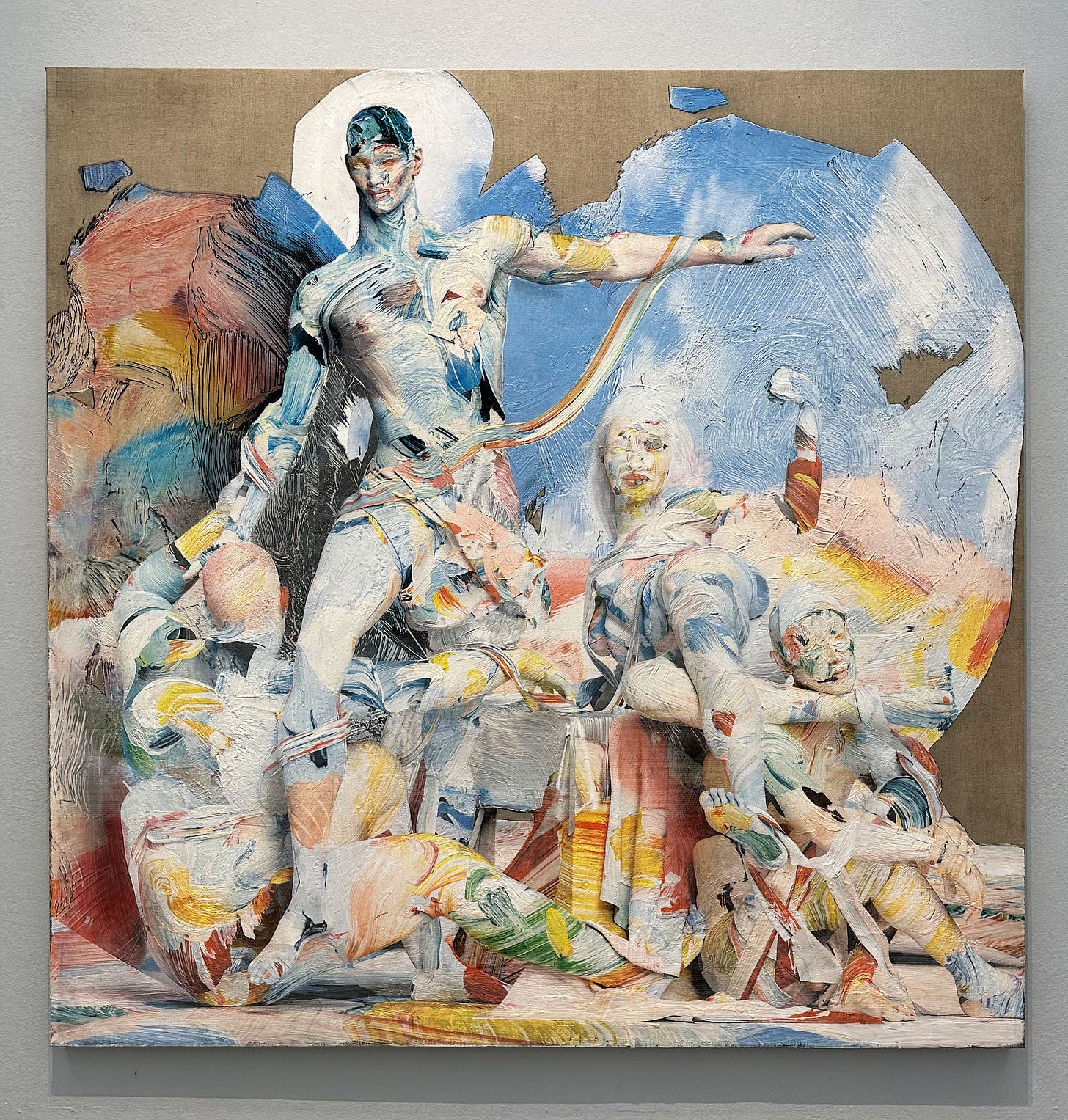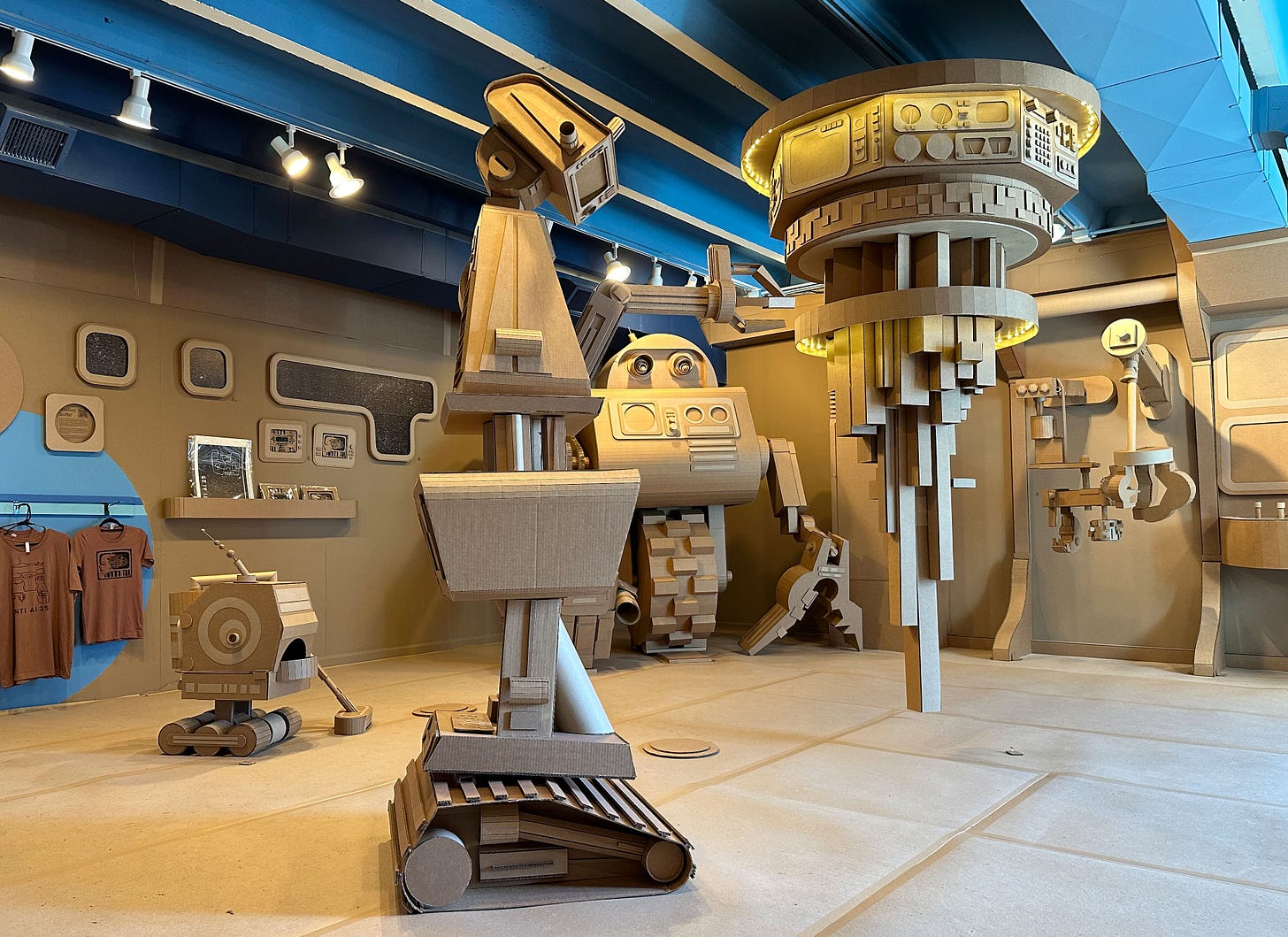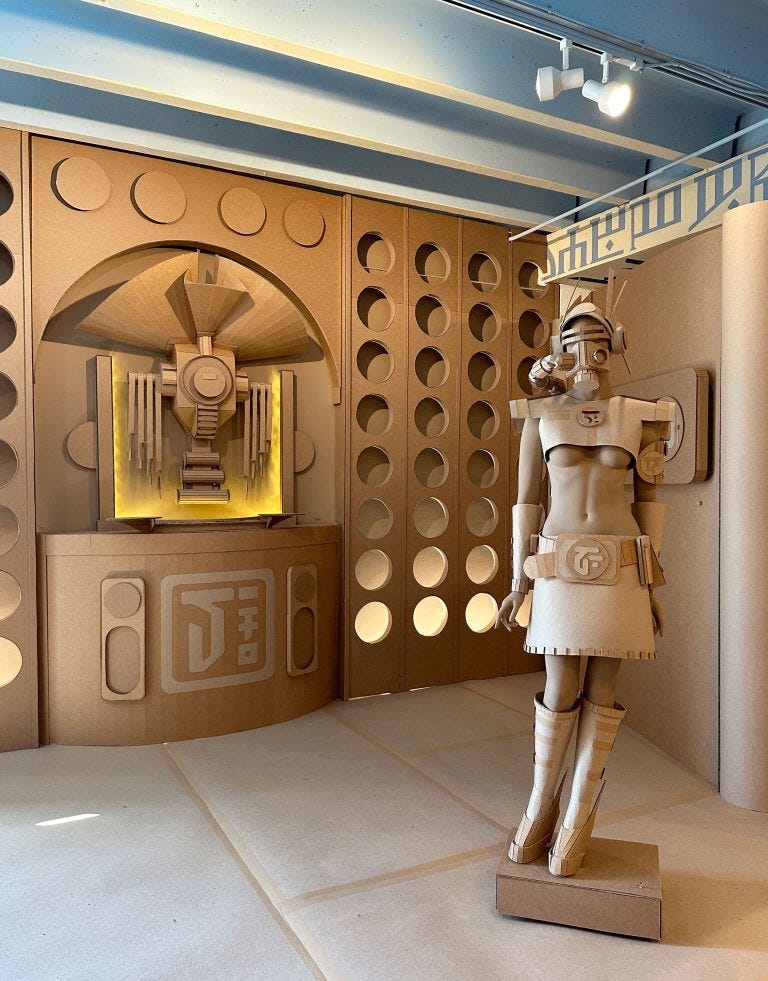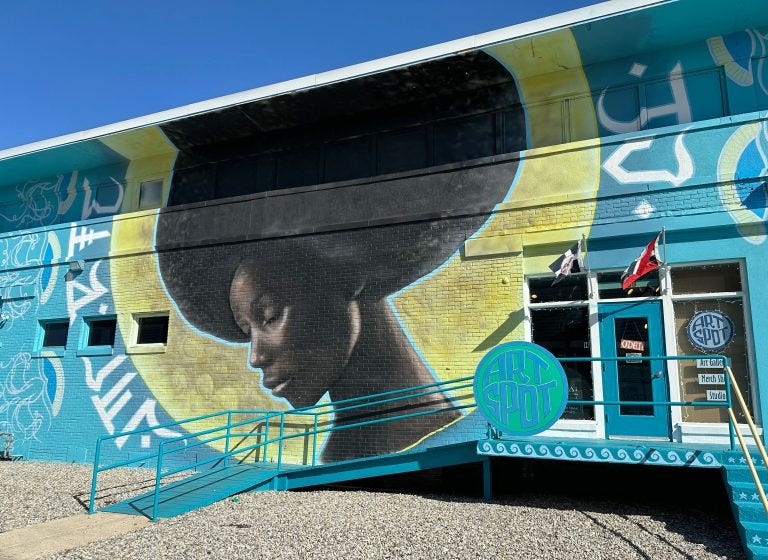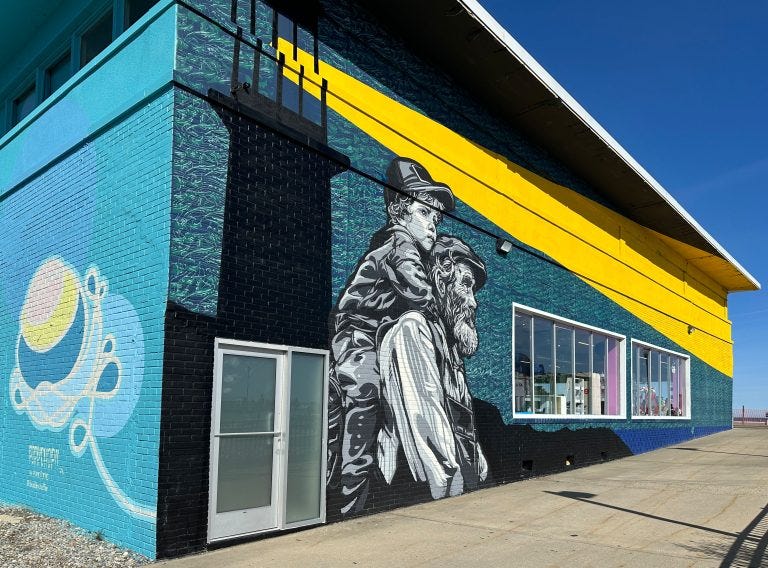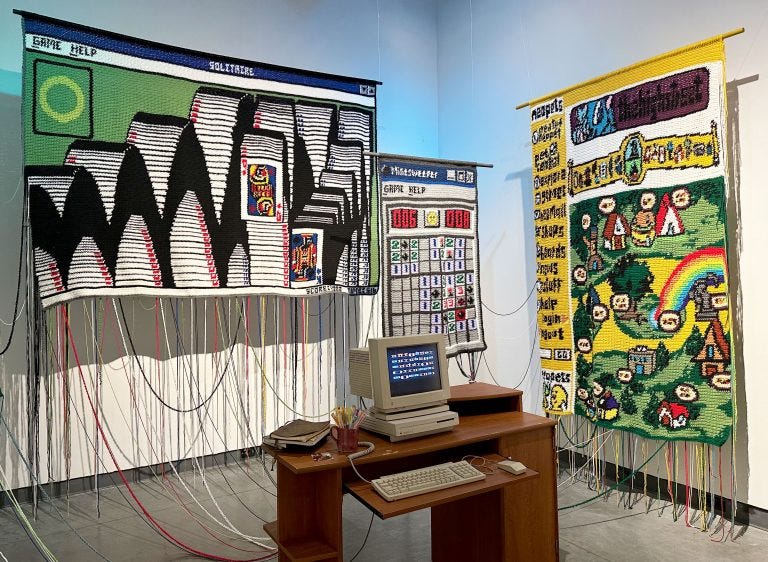Hello! It’s been a busy few months and while the website continued, the newsletter, unfortunately, fell behind. Until now! I’m back, refreshed, and ready to talk about some of what I’ve discovered along the way.
Like most people, I’ve been thinking a lot about the future- and that includes the growing presence of Artificial Intelligence. For awhile I’d mostly been pretending that the spread of AI and its usage and capabilities were overblown- it can’t even draw hands (it can now, for the most part) and uses a ton of resources so it can’t expand too quickly (wrong again). The reality is that it is here and becoming more and more integrated into our daily lives. With this growth, some artists are also using it as a tool to create work while at the same time questioning what it will mean for their future- some more optimistically than others.
Aperture magazine recently devoted an issue to AI, focused specifically on its use in photography. One article pointed out that all digital photography can be seen as AI, because the camera is making adjustments, and almost all images are edited digitally afterwords to varying degrees. Sure, but where is the line? Is it still only a tool if it ends up doing the majority of the work? And how much does it matter what you input versus what it outputs? Who deserves the credit? And what about asking it to copy the style of other artists? The answers remain to be seen.
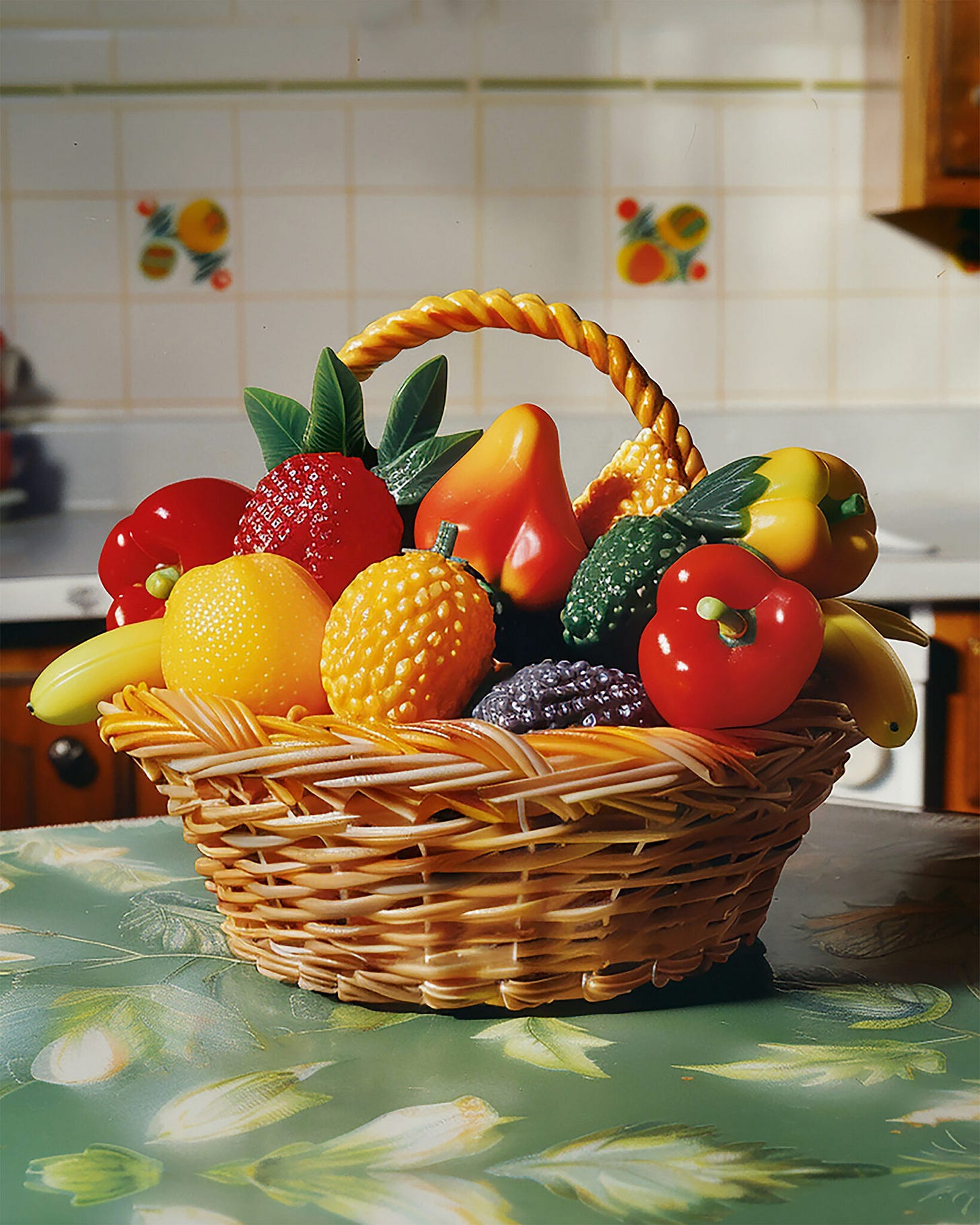
David Hockney has been using the iPhone and iPad as tools to make work for years now. The digital paintings he created and printed were shown in 2023 at Pace and are part of his larger 2025 exhibition currently on view throughout the Fondation Louis Vuitton museum in Paris. That show also includes his earlier non-digitally created work. It’s inspiring to see an established artist like Hockney embrace new technologies, and that the work is still beautiful and interesting.
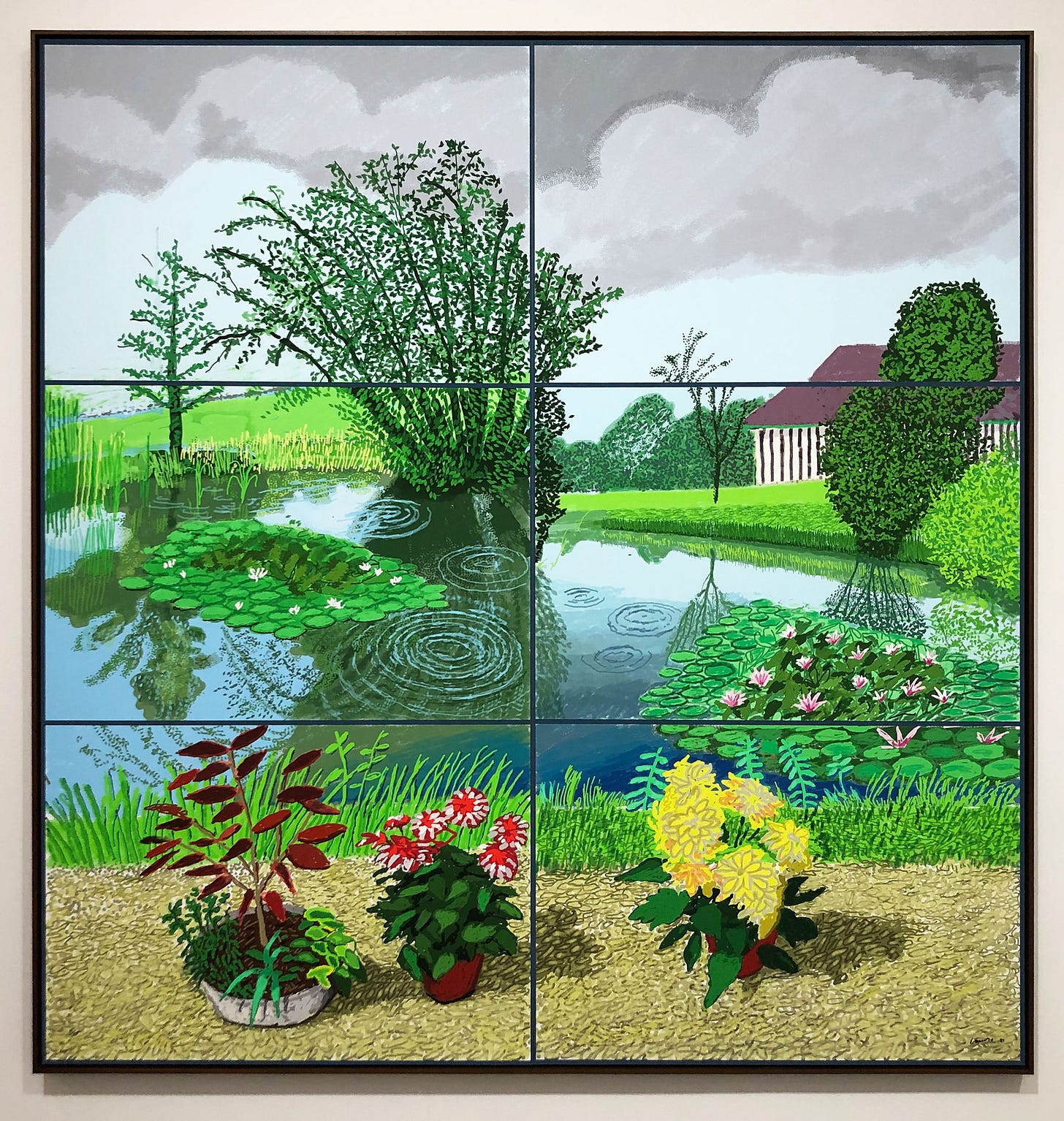
Matthew Stone is using current technology, but a bit differently. For a Friday flashback, I posted work from his 2023 exhibition AI Paintings at The Hole, in New York. In his previous creative process he hand painted brush strokes on glass, photographed them, and then manipulated the results using 3D modeling software programs to apply them to figures- with the final product printed on linen.
For this exhibition, he took it further. He scanned his previous paintings to create new iterations using Stable Diffusion’s open source, two LED screens streamed endless novel AI outputs, and he also included an oil painting that Matr Lab’s robot created from a digital image he provided (image below).
He spoke about AI in a 2022 article in Creative Review-
“I think what’s really interesting about AI [is] there’s a kind of natural conversation around effort and what determines good art. And I think that there’s this pervasive idea that things that take a long time, things that rely on a skillset that took a long time to develop, are inherently valuable,” he says. (Arguments of this nature aside, he was surprised to find that using AI still involved a long process.)
He’s interested in changes to “the way that we think about creativity once high quality image making is put in the hands of everybody, so the democratising of image making in a sense, in the same way that camera phones have made everybody a photographer. And I think that we all know that still there’s lots of room for excellence in that field and interesting creative productions.
“I think that when the creative industries are so competitive and often underpaid and underfunded, there’s an incentive for creative people to want to gatekeep the opportunities and their identities as unique and special individuals. I think that’s totally understandable because it is a challenging environment, but at the same time, I really believe that there is an abundance of creativity and creative opportunity that can be in the same way, referring back to the iPhone, a democratisation. I don’t think anything is at threat on that level, in terms of the potential for human creativity to shine.”
This is certainly an optimistic view.
To other artists, AI is seen less positively. On a visit to Asbury Park, in New Jersey, I stopped by The Art Spot, a gallery/shop/studio run by local artist Michael La Vallee (aka Porkchop). In the gallery section was Anti AI: A 2025 Cardboard Odyssey with work created by him and fellow artist Bradley Hoffer. The fun cardboard creations were part Star Wars, part Metropolis, and all handmade.
On the outside of the gallery are two large murals, pictured below. The first is by Porkchop and Hoffer, and the second is by artists Joe Iurato and Logan Hicks. Just a few of the many murals located all around the area.
There was a time when technology felt exciting and full of potential, even when its capabilities were limited. Nicole Nikolich’s charming installation Can I Please Eat In The Computer Room Tonight?, captures that energy, and made me nostalgic for the days of being eager to work on the computer.
It was part of a series of exhibitions loosely based on the theme of the dinner table at The Delaware Contemporary in Wilmington.
From Nikolich about the work-
Can I Please Eat In The Computer Room Tonight? explores the positive and transformative view of tech from a preteens perspective growing up in the early aughts. This installation is a memorial to this fever dream of a time period where you could only access the internet in a specifically designated computer room, often decorated in brown hues and overstuffed with knickknacks and office supplies. This space, an escape to another part of your life, often felt like an oasis to explore who you were becoming for the first time without the microscope and confinements of adults and societal expectations. Swapping sandboxes for CD-ROM games and mixed tapes. Inside jokes with friends in chat rooms and staying up until way too late messaging your crush in your own secret language. Taking selfies on the front facing camera and looking at yourself in a slightly different way for the first time. Learning about yourself and the world all from the glow of a little square box in the middle of a little square room.
You can now create songs and music with AI, in the style of your favorite artists, and an algorithm can make a playlist based on music you already like. Of course you could also check out this month’s playlist which contains all original work from bands that played live in Los Angeles in April, selected after I listened to them all and narrowed it down.
Highlights include new music from Scottish band Mogwai, who released a new album this year; a new song by FKA twigs who also released her album this year (and has collaborated with Matthew Stone); solo music from Beth Gibbons of Portishead and Tunde Adebimpe from TV on the Radio; a new song from The Bug Club, and, as always, a ton of music from a variety of Los Angeles bands including Milly, Izzy Outerspace, Together Pangea, Science in Nature and crushed.
Below LA band De Lux makes some clever predictions about the future, from way back in 2015.
For now, I’ll be remaining as optimistic as I can be about the future as I continue to make work and keep an eye on what other people are creating. Hope you will too.
Until next time!




